Best Timing for Rooftop Antenna Installation
Optimal timing for rooftop antenna installations depends on weather conditions, seasonal factors, and local climate. Clear, dry days are ideal to ensure safety and proper setup, while avoiding periods of heavy rain, snow, or high winds reduces risks and improves installation quality.
Installing during calm, dry weather minimizes safety hazards and ensures antenna stability. Avoid periods of rain, snow, or storms for optimal results.
Spring and early fall often provide mild weather suitable for installations. Extreme temperatures in summer and winter can complicate work and affect equipment performance.
Consider local climate patterns; areas prone to heavy snowfall or high winds may require scheduling during calmer months for safety and effectiveness.
Weather impacts signal quality; installing in stable conditions helps achieve better reception and reduces the need for adjustments later.

Optimal conditions for rooftop antenna setup.
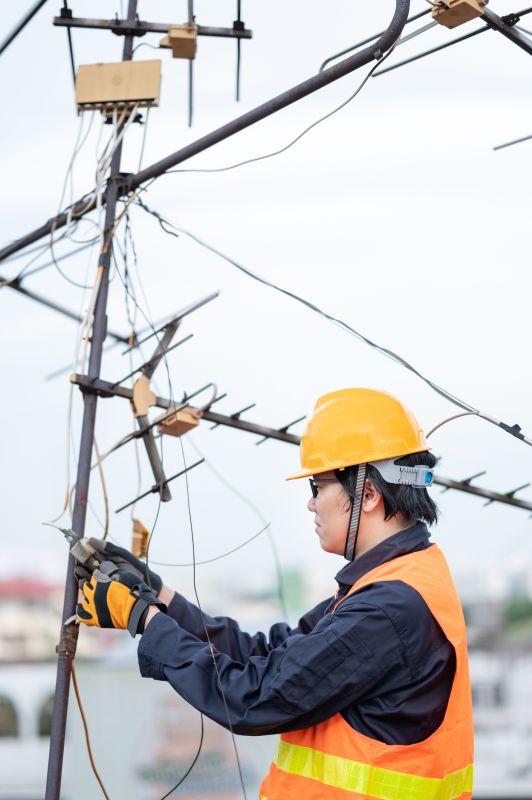
Spring and fall offer favorable weather for installations.
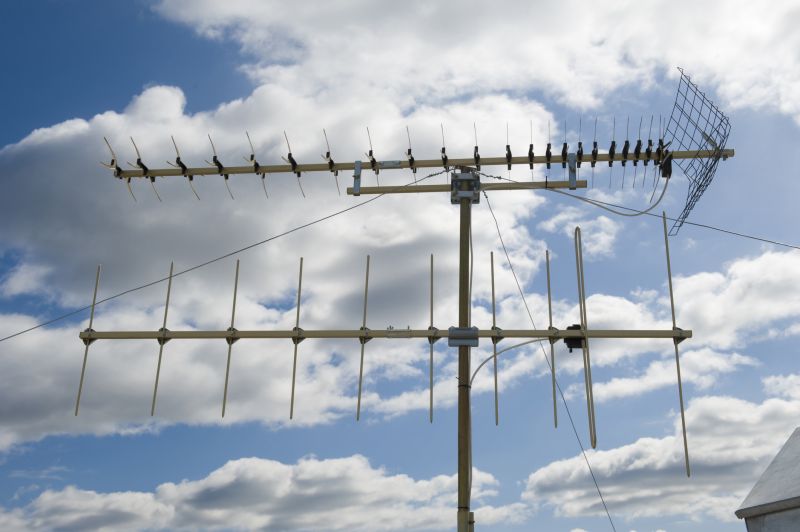
Heavy snow or storms can delay or complicate installation.
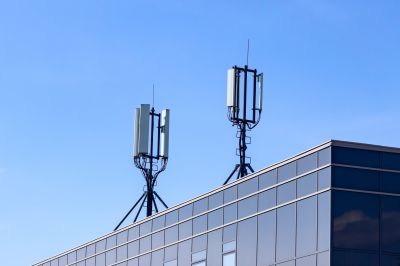
Ways to make Rooftop Antenna Installations work in tight or awkward layouts.
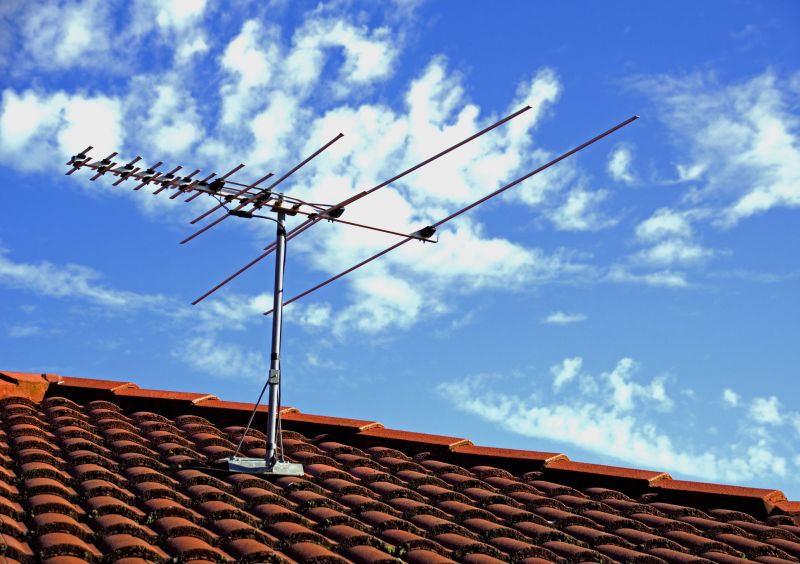
Popular materials for Rooftop Antenna Installations and why they hold up over time.
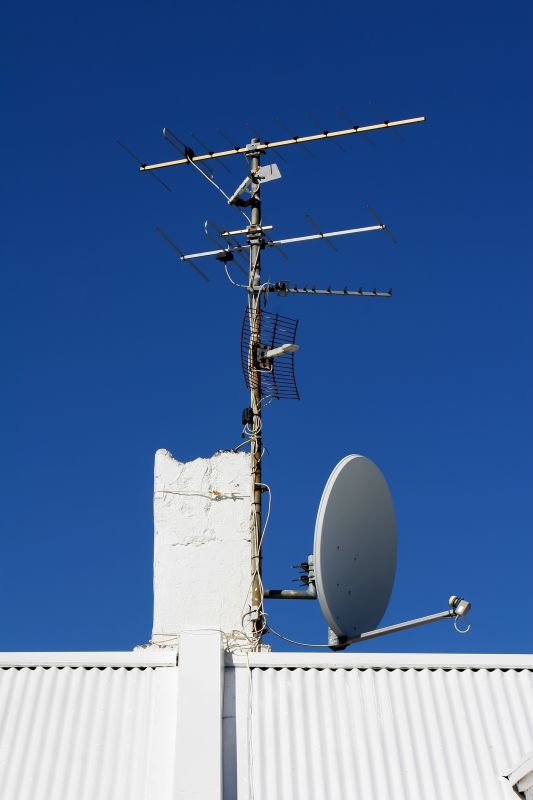
Simple add-ons that improve Rooftop Antenna Installations without blowing the budget.

High-end options that actually feel worth it for Rooftop Antenna Installations.

Finishes and colors that play nicely with Rooftop Antenna Installations.
| Season | Advantages | Disadvantages |
|---|---|---|
| Spring | Mild weather, longer daylight hours | Variable rain, allergies |
| Summer | Stable weather, good signal conditions | High temperatures, thunderstorms |
| Fall | Cool, dry days, good visibility | Shorter daylight, early frosts |
| Winter | Less wind, stable signals in some areas | Snow, ice, cold temperatures |
Rooftop antenna installations are a crucial step in ensuring reliable television and radio reception. Proper timing enhances safety, reduces delays, and improves signal quality. Weather considerations play a significant role, with clear, dry days providing the best conditions for setup. Seasonal factors and local climate patterns influence scheduling, as extreme weather can pose safety risks and affect equipment performance. Planning installations during mild weather periods can lead to more efficient and effective results.
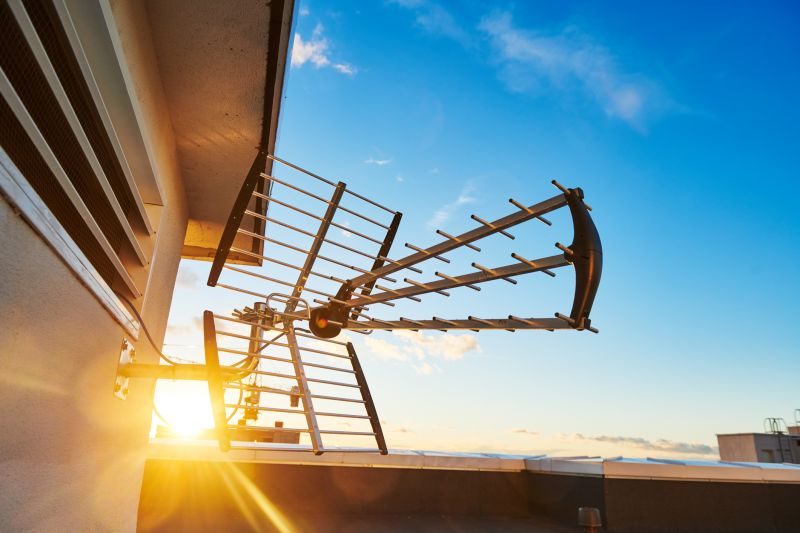
Installation during optimal weather conditions.
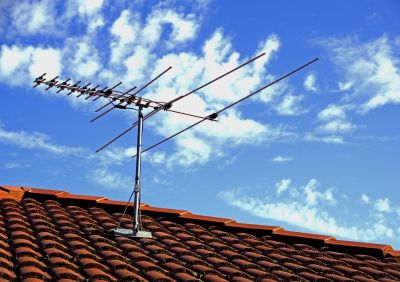
Weather influences installation scheduling.
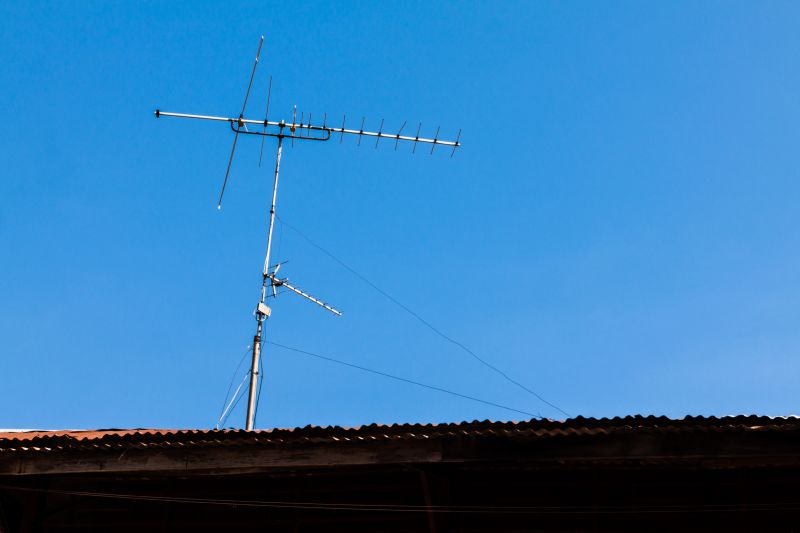
Choosing the right time ensures safety and performance.
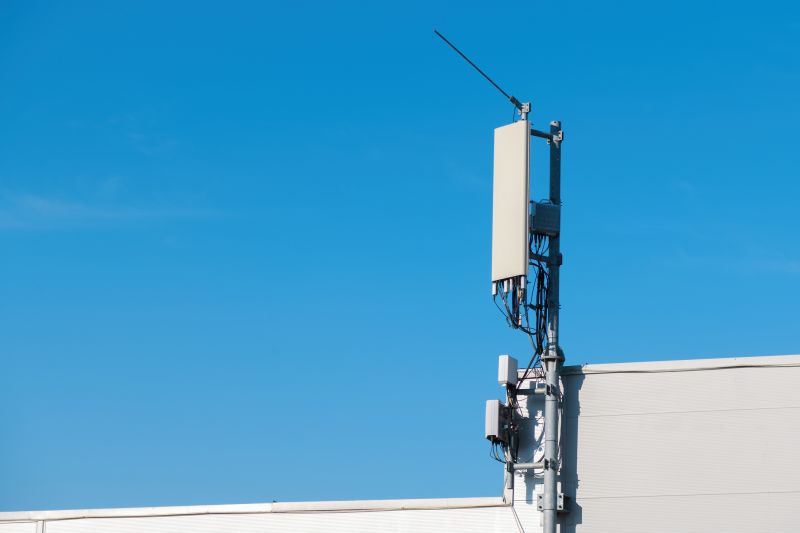
Proper timing improves reception quality.
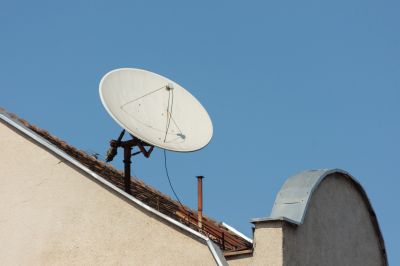
Little measurements that prevent headaches on Rooftop Antenna Installations day.
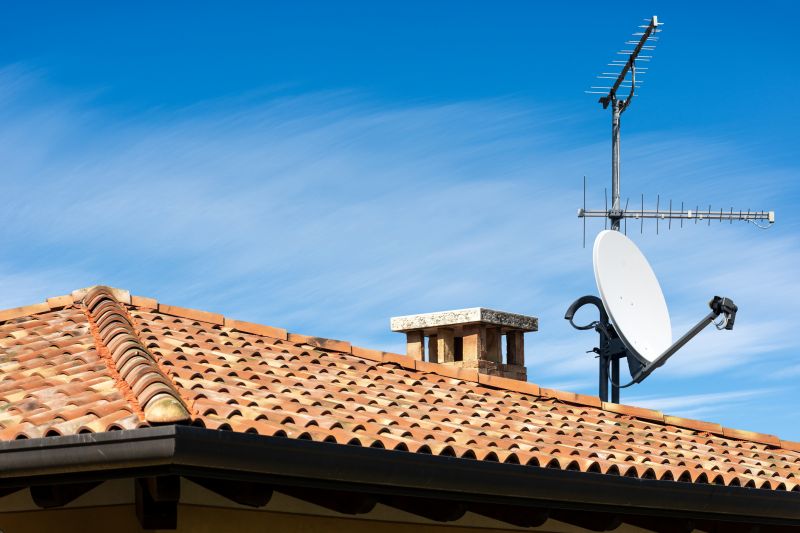
A 60-second routine that keeps Rooftop Antenna Installations looking new.
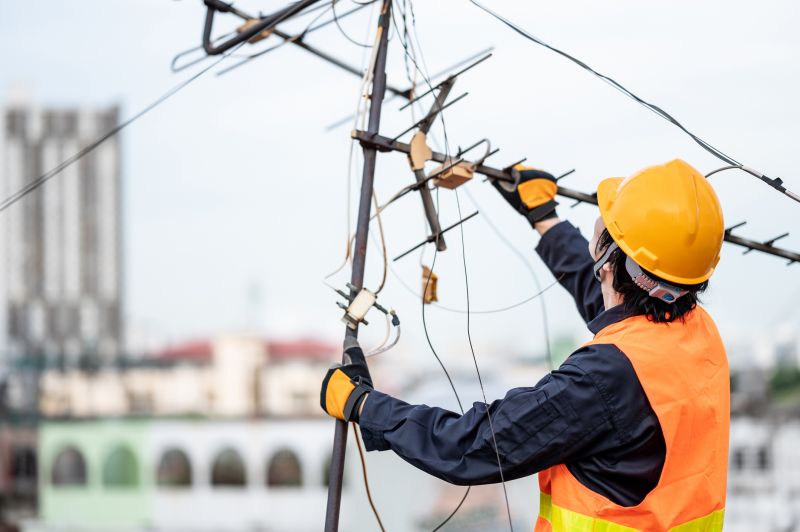
A frequent mistake in Rooftop Antenna Installations and how to dodge it.
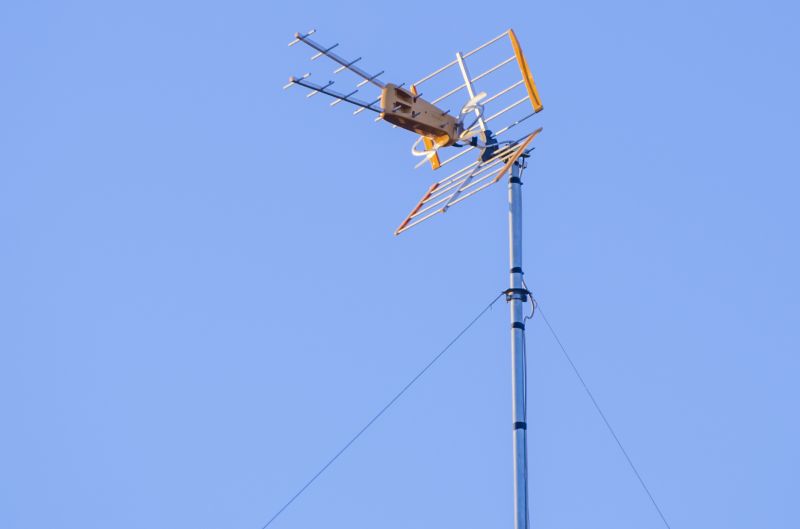
Small tweaks to make Rooftop Antenna Installations safer and easier to use.
Interested in scheduling a rooftop antenna installation? Filling out the contact form can provide more information and help plan the best timing for individual needs. Proper timing and preparation are key to achieving optimal signal quality and safety during installation.


